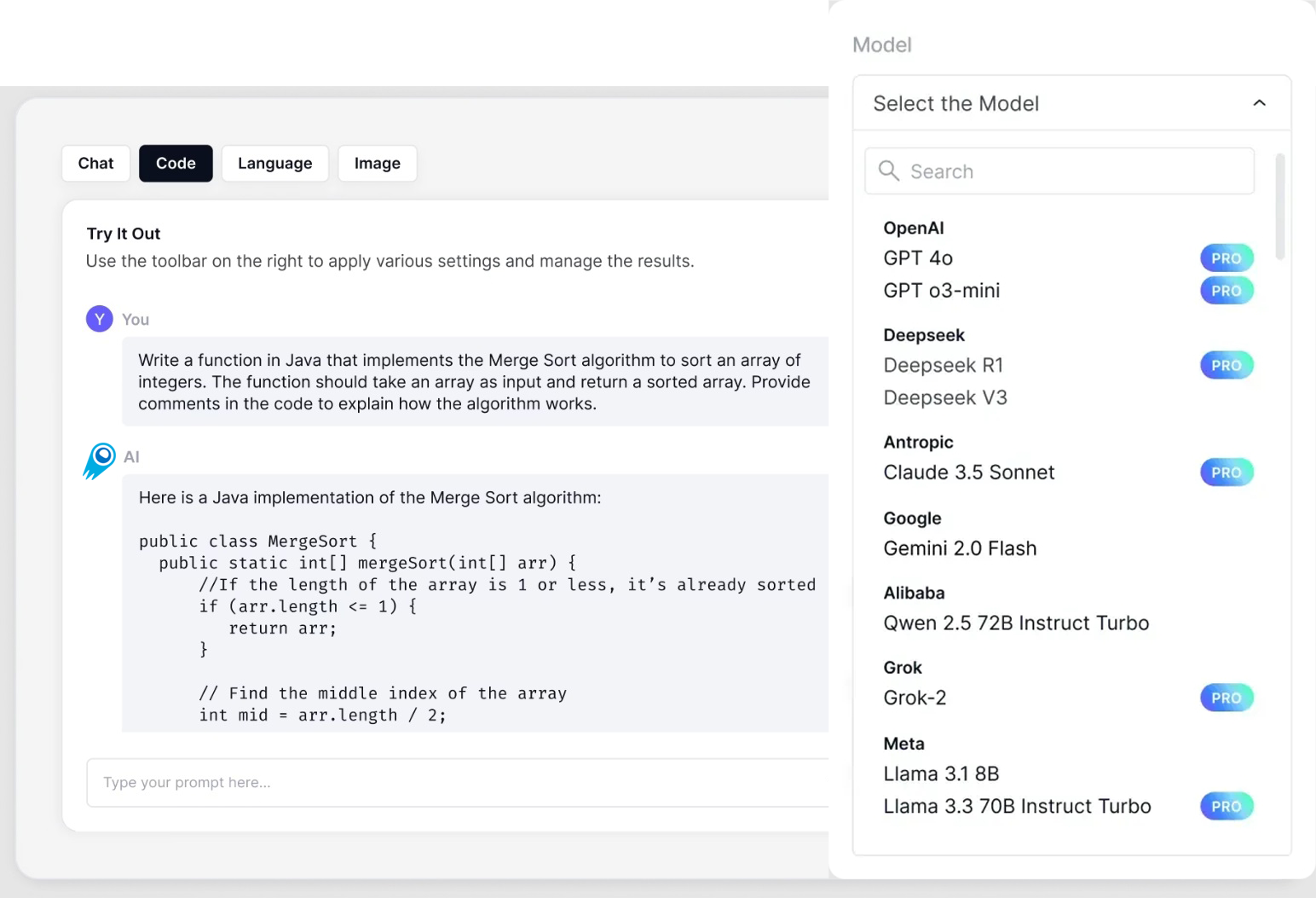GPT-5 Nano is the ultra-light, low-latency variant of OpenAI’s GPT-5 family, designed for cost-sensitive, real-time, and high-throughput applications where speed and price matter more than deep multi-step reasoning. It keeps the GPT-5 instruction-following and safety improvements but trades off reasoning depth and some long-context capabilities to deliver very low latency and very low token cost.
Basic Information & Features
- Model Name:
gpt-5-nano - Multimodal Support: Text & Vision (up to 400K context tokens)
- Context Window: 400,000 input tokens; 128,000 output tokens
- Pricing:
- Input: $0.05 per 1M tokens
- Output: $0.40 per 1M tokens
Compared to GPT-5 main, GPT-5 nano trades off raw power for ultra-low latency and reduced cost, making it ideal for interactive applications where speed and budget are critical .
Technical Details
GPT-5 nano leverages the same transformer architecture as its larger siblings but incorporates advanced quantization and parameter pruning techniques to shrink its footprint. It features:
- Minimal Reasoning: A streamlined reasoning pathway optimized for single-turn inference, emulating GPT-5’s “built-in thinking” at reduced compute.
- Verbosity Control: Adjustable verbosity parameter to fine-tune response length and detail.
- Efficient Attention: Custom attention kernels for low-memory deployment without sacrificing the model’s ability to handle long sequences.
When benchmarked against GPT-4 o mini, GPT-5 nano demonstrates up to 2× faster throughput on identical hardware, thanks to its lightweight design .
Benchmark Performance
Although GPT-5 main leads in absolute performance, GPT-5 nano delivers competitive accuracy on key benchmarks:
- SWE-Bench (Software Engineering): Achieves ~75% of GPT-5 main’s code-generation accuracy while reducing inference time by ~50%.
- HealthBench: Maintains ~80% of clinical reasoning performance of GPT-5 main, suitable for basic triage and summary tasks .
- Multilingual Tests: Retains robust support across 12 languages, declining by less than 10% in translation quality compared to GPT-5 main .
These results underscore GPT-5 nano’s suitability for cost-sensitive and latency-critical environments where slight trade-offs in accuracy are acceptable.
Model Version & Lineage
- Model Card Name:
gpt-5-nano - Knowledge Cut-off: May 30, 2024 for nano variant
- Position in Family:
- Replaces GPT-4.1 nano as the entry-level offering
- Sits below GPT-5 mini and GPT-5 main in the performance hierarchy
The nano variant inherits improvements from GPT-5 main’s training, including reduced hallucinations and structural reasoning, albeit at a smaller scale.
Limitations
While GPT-5 nano excels in speed and cost, it has inherent drawbacks:
- Reduced Depth: Limited capacity for multi-step reasoning compared to GPT-5 main, making it less ideal for complex planning tasks.
- Higher Hallucination Rate: Slightly elevated risk of generating incorrect details under ambiguous prompts.
- Lower Contextual Recall: Although the raw token window is large, internal mechanisms favor recent context, potentially overlooking earlier details in very long dialogues .
Developers should weigh these constraints when choosing GPT-5 nano for applications demanding high factual integrity.
Use Cases
GPT-5 nano shines in scenarios where real-time responses and cost control are paramount:
- Mobile Assistants: On-device chatbots for messaging apps, delivering instant replies without cloud overhead.
- IoT Interfaces: Voice-enabled controls in smart home devices, capitalizing on low-latency inference.
- Edge Analytics: Summarizing sensor data locally before batching uploads, reducing bandwidth usage.
- Educational Tools: Lightweight tutoring bots that operate in-browser or on low-end hardware, providing interactive learning.
Compared to running GPT-5 main in a heavy cloud environment, nano enables distributed deployment at scale with predictable per-token costs.
How to call gpt-5-nano API from CometAPI
gpt-5-nano
gpt-5-nano| Input Tokens | $0.04 |
|---|---|
| Output Tokens | $0.32 |
See Also Price
Required Steps
- Log in to cometapi.com. If you are not our user yet, please register first
- Get the access credential API key of the interface. Click “Add Token” at the API token in the personal center, get the token key: sk-xxxxx and submit.
- Get the url of this site: https://api.cometapi.com/
Use Method
- Select the “
gpt-5-nanogpt-5-nano-2025-08-07” endpoint to send the API request and set the request body. The request method and request body are obtained from our website API doc. Our website also provides Apifox test for your convenience. - Replace <YOUR_API_KEY> with your actual CometAPI key from your account.
- Insert your question or request into the content field—this is what the model will respond to.
- . Process the API response to get the generated answer.
CometAPI provides a fully compatible REST API—for seamless migration. Key details to API doc:
- Core Parameters:
prompt,max_tokens_to_sample,temperature,stop_sequences - Endpoint: https://api.cometapi.com/v1/chat/completions
- Model Parameter: “
gpt-5-nanogpt-5-nano-2025-08-07“ - Authentication:
Bearer YOUR_CometAPI_API_KEY - Content-Type:
application/json.
API Call Instructions: gpt-5-chat-latest should be called using the standard /v1/chat/completions format. For other models (gpt-5, gpt-5-mini, gpt-5-nano, and their dated versions), using the /v1/responses format is recommended.Currently two modes are available.
See Also GPT-5 Model

